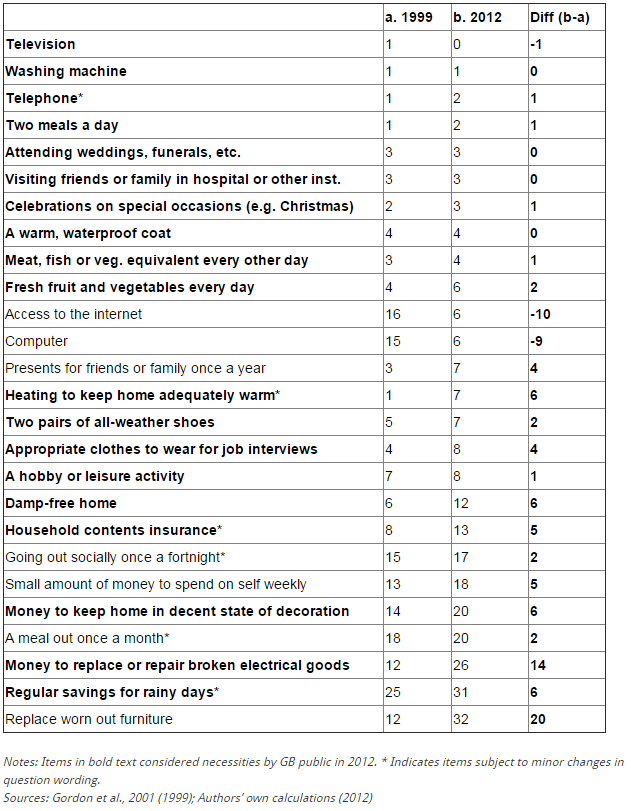Dr Jo Staines outlines the Hadley Centre for Adoption and Foster Care Studies’ involvement in ‘Keeping children in care out of trouble’, an independent review of looked after children in the criminal justice system.

Some statistics that cause concern: only 3% of children in the community offend in any one year, yet over twice this number of looked after children do so (7.9%, Department for Education, 2011a). Furthermore, despite less than 1% of the UK’s child population being in care (looked after by local authorities), almost 50% of the children in custody are, or have been in care. And, while girls constitute only 5% of the youth justice secure population, 61% are, or have been, in care compared with 33% of boys (Prison Reform Trust 2014).
Along with professional associations, service user groups, academics and practitioners working across the care and youth justice systems in England and Wales, we have been invited to join the Prison Reform Trust’s recently established review of looked after children in the criminal justice system.
We have nine months to explore the intersection of the care and youth justice systems, and how involvement in one correlates with involvement in the other. This will encompass a broad range of care settings, from foster care to local authority residential care and private care settings. To do this we will synthesise and analyse existing research, both national and international; identify current good practice and local protocols; and seek the views of children and young people, their families, foster carers and residential staff about their experiences of both care and justice.
From this evidence base, the review will develop recommendations for national policy and practice and, importantly, an implementation strategy to ensure that the findings of what promises to be a significant review are widely disseminated and embedded within practice.
The State has a legal and moral duty of care to these looked after children, but it is clear that their needs are not always met nor their rights upheld. This duty of care continues until the young person reaches the age of 21 but many looked after children move into independent or semi-independent care much earlier, and may be at a heightened risk of becoming involved in offending behaviour during this period of transition to adulthood.
Understanding the relationship between care and youth offending is complex: many of the risk factors for involvement in offending behaviour are the same as those that precipitate entry into the care system, such as the experience of abuse, neglect or violence, family instability and poor parenting, disadvantage and deprivation.
However, research also indicates that becoming looked after can both reduce and increase the likelihood of being involved in offending behaviour – the former through providing high-quality, stable placements that promote children and young people’s resilience (Schofield et al, 2012), the latter through looked after children being inappropriately drawn into the youth justice system through processes that may ultimately label and criminalise them for what, in other situations, would be considered ‘normal’ teenage rebellion. Practitioners are able to cite many examples where looked after children have caused damage to their foster or residential home, or their carers’ property, and have been charged with criminal damage or other offences – action unlikely to be taken by parents against children in their own families (Schofield et al 2014).
Rates of recidivism (repeat offending) for children and young people, particularly post-custody, are high, suggesting that involvement in the justice system itself can exacerbate, or at least fail to address, the difficulties and disadvantage that these children experience. The need to alternative ways of responding to children who offend is clear and the review will also consider how approaches such as early intervention and restorative justice can be used with looked after children to limit their involvement in offending behaviour.
The key challenges facing the review include maintaining a sharp focus within the intricacies of the two systems, both of which operate within complex and changing legislative frameworks. Both are bound by the welfare principle embedded within the Children Act 1989 and are guided by the United Nations Convention on the Rights of the Child, but other aspects of welfare and justice legislation may, at least at a surface level, appear to be contradictory and to have competing aims. Tensions exist between promoting the welfare of the child and upholding principles of justice, victims’ rights and public safety, but it is imperative that we find a way to realise this balance both in policy and in practice.
References:
Department for Education (2011a) Outcomes for children looked after by local authorities in England year ending March 2011
Department for Education (2011b) Children looked after by local authorities in England year ending March 2011
Prison Reform Trust (2014) Bromley Briefings Summer 2014, London: PRT
Schofield G, Biggart L, Ward E, Scaife V, Dodsworth J, Haynes A and Larsson B (2014) Looked after children and offending: Reducing risk and promoting resilience, London: BAAF
Jo Staines is a Senior Lecturer and Director of the BSc Childhood Studies programmes and a member of the Hadley Centre for Adoption and Foster Care Studies in the School for Policy Studies, University of Bristol. She is a member of the Prison Reform Trust’s independent review of looked after children in the criminal justice system, and author of ‘Youth Justice’ (Palgrave Macmillan, 2015).






 Angie Page introduced some important questions in presenting these findings. First was the notion of ‘subsitutional replacement’. Put in lay terms the issue is whether the children at the playing out session would have got their physical activity in another place such as their garden or local park if they hadn’t been playing in the street that day. The clear answer was no. The responses from parents and children showed that the playing out session was usually an alternative to a less active option – watching TV or another sedentary indoor activity.
Angie Page introduced some important questions in presenting these findings. First was the notion of ‘subsitutional replacement’. Put in lay terms the issue is whether the children at the playing out session would have got their physical activity in another place such as their garden or local park if they hadn’t been playing in the street that day. The clear answer was no. The responses from parents and children showed that the playing out session was usually an alternative to a less active option – watching TV or another sedentary indoor activity.